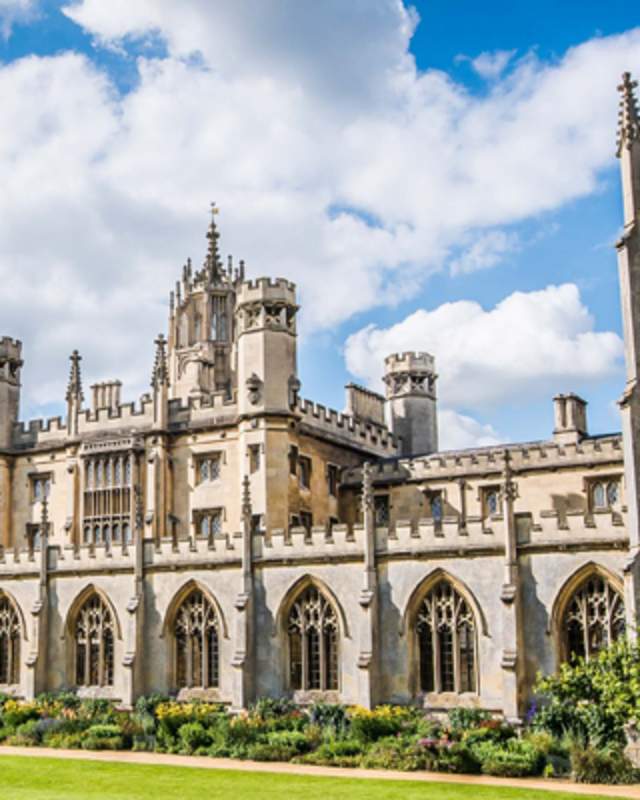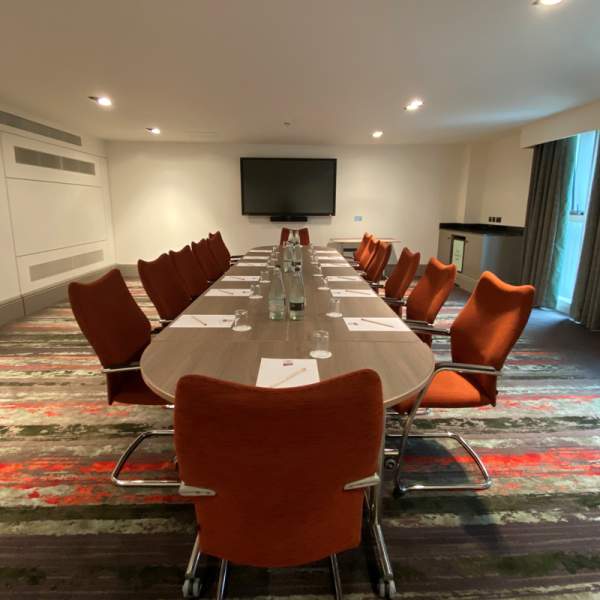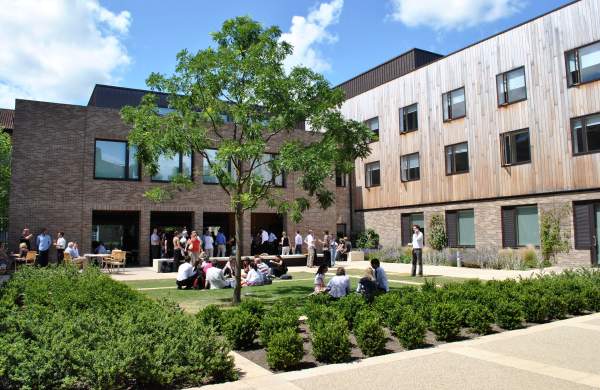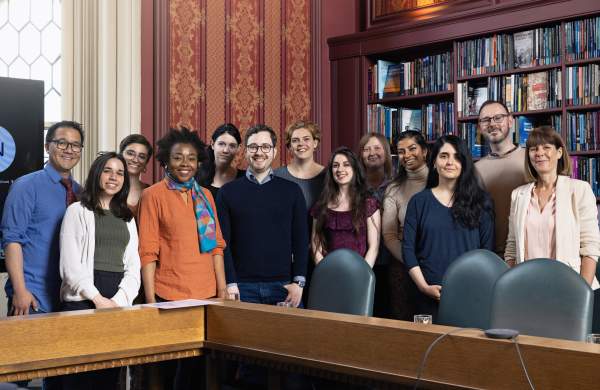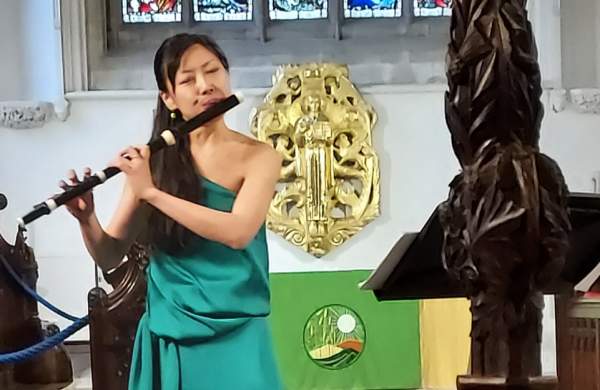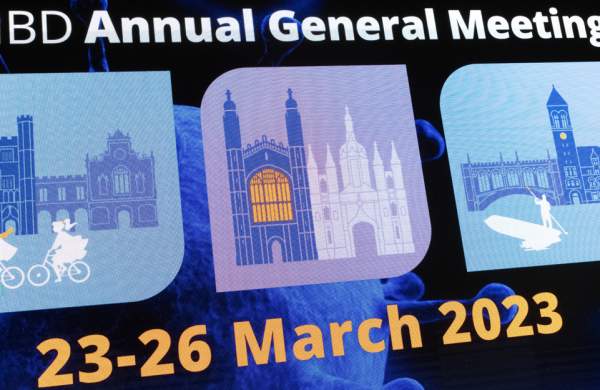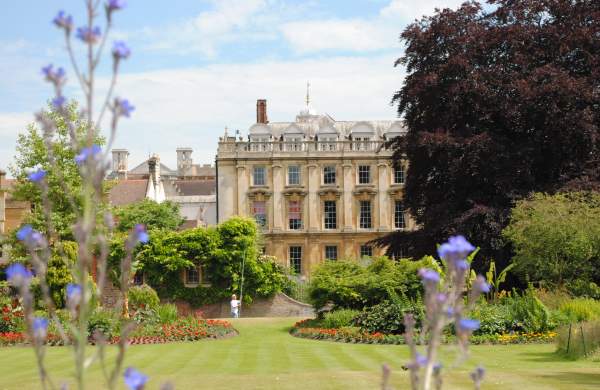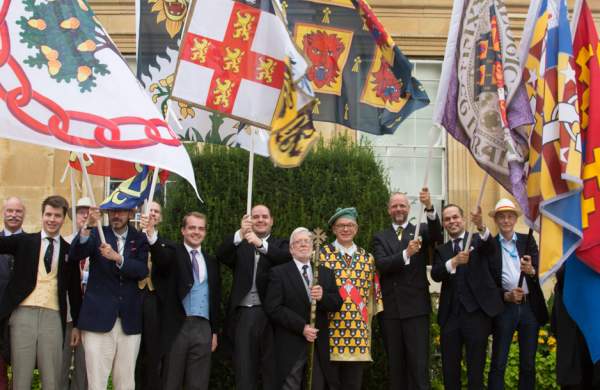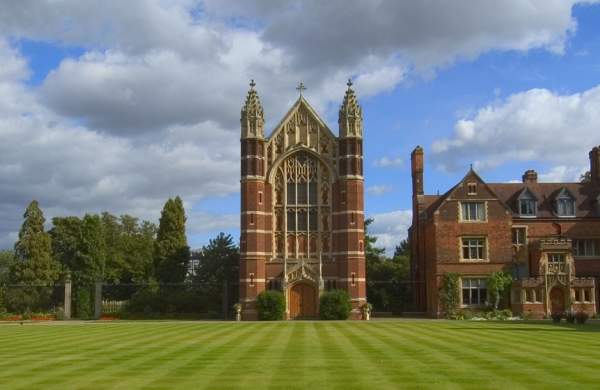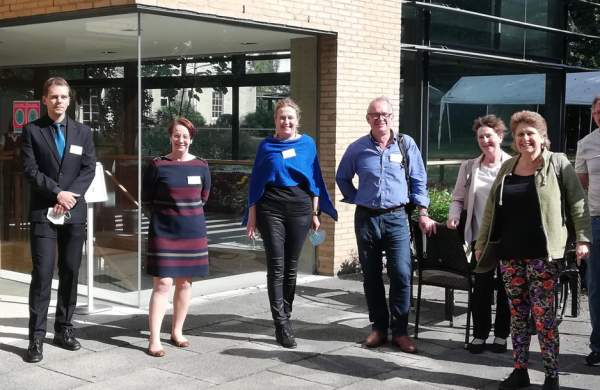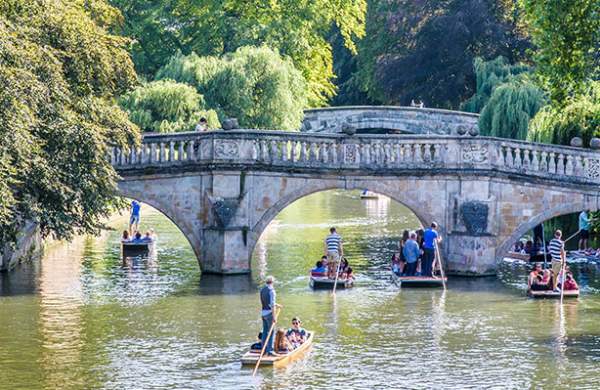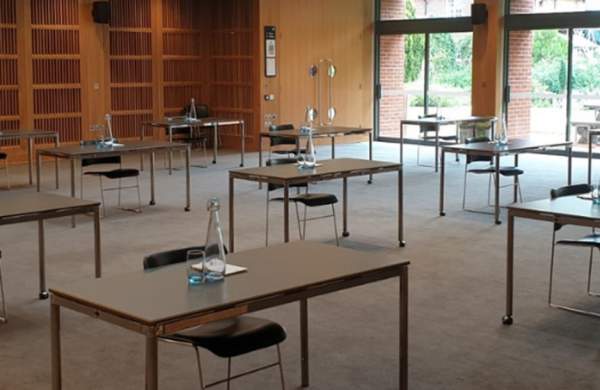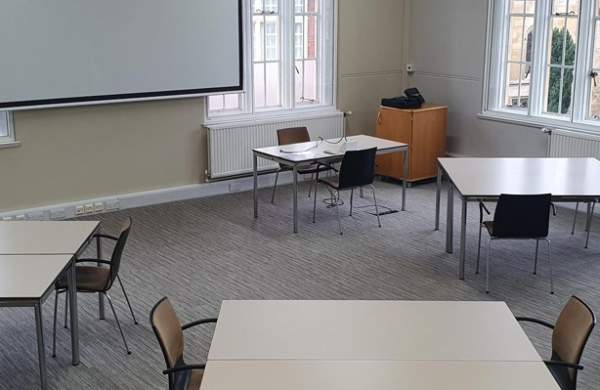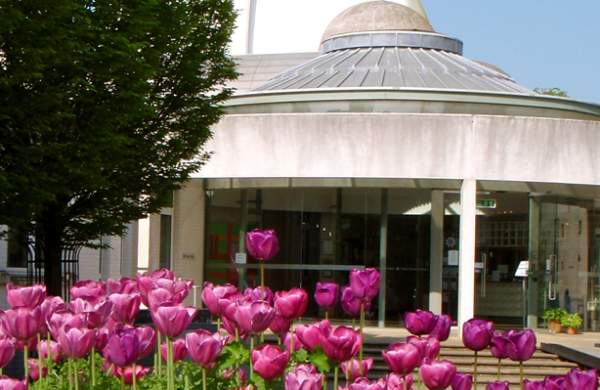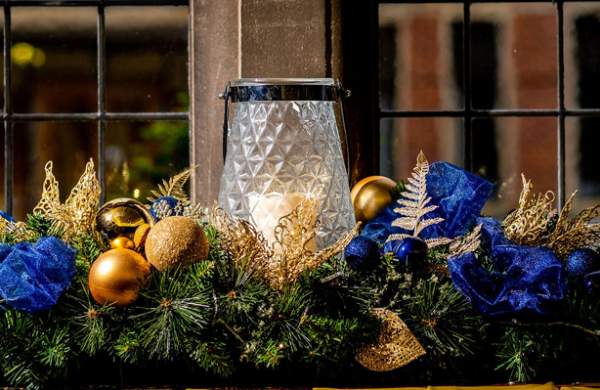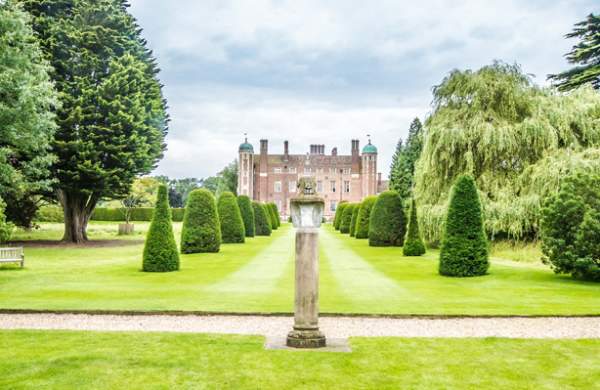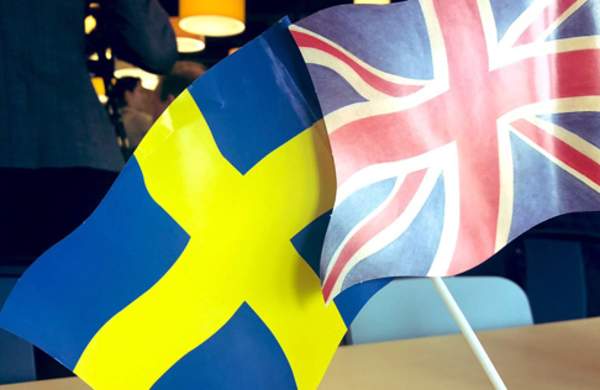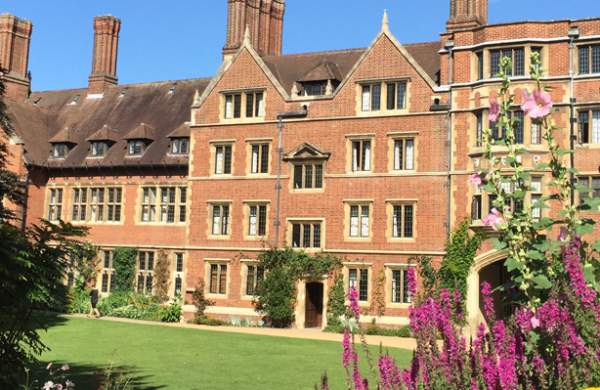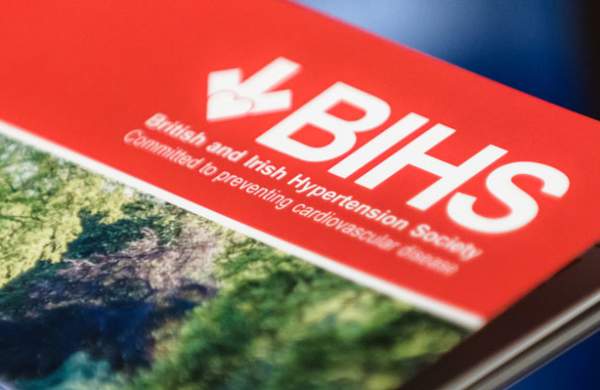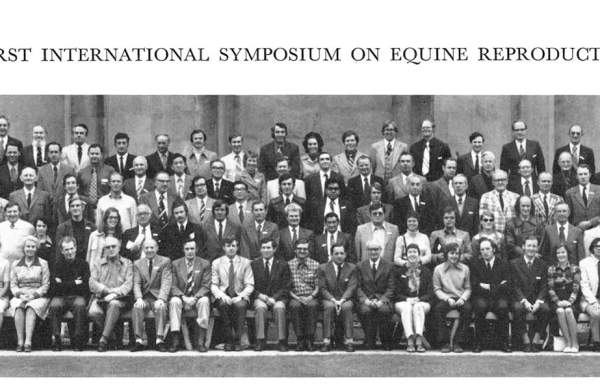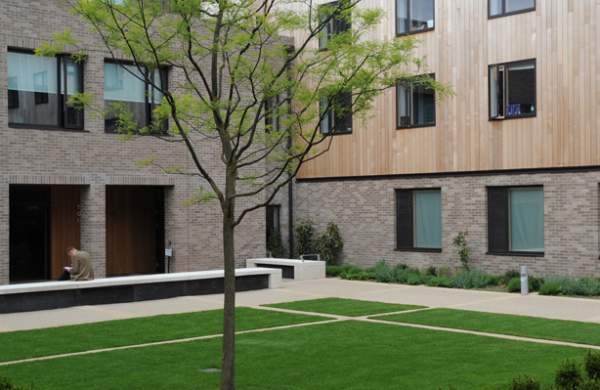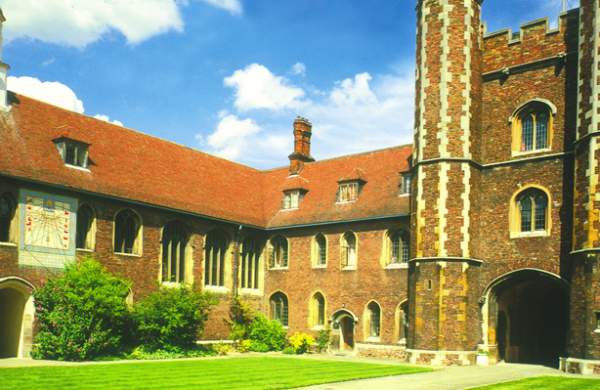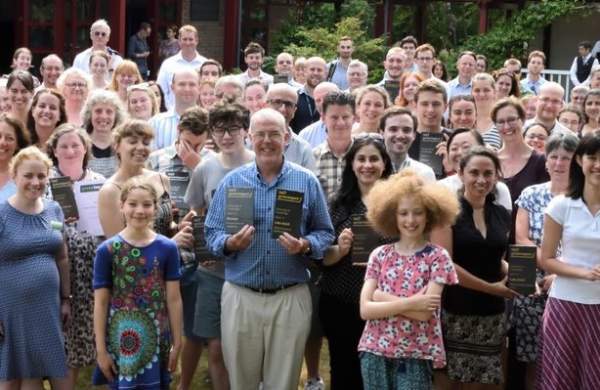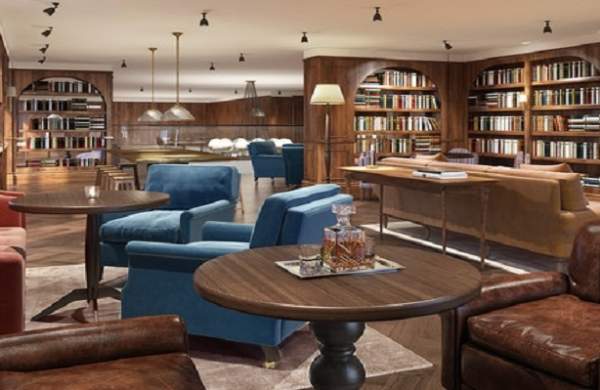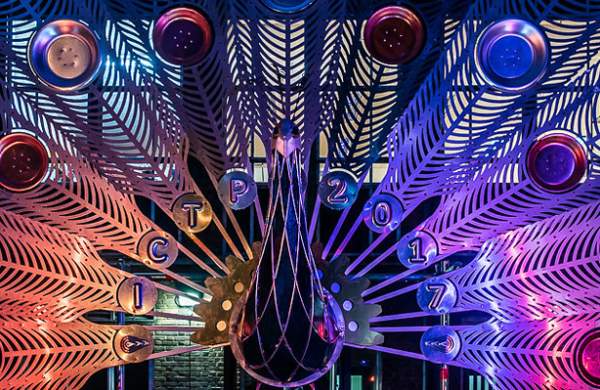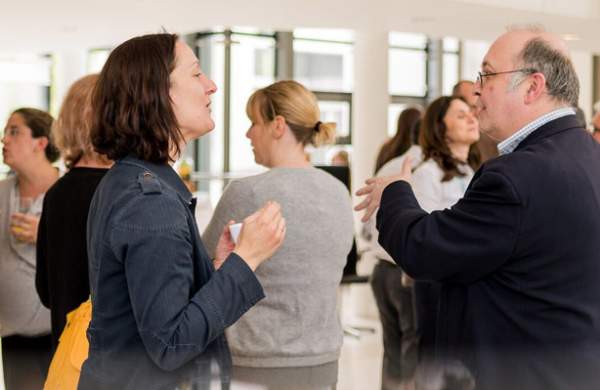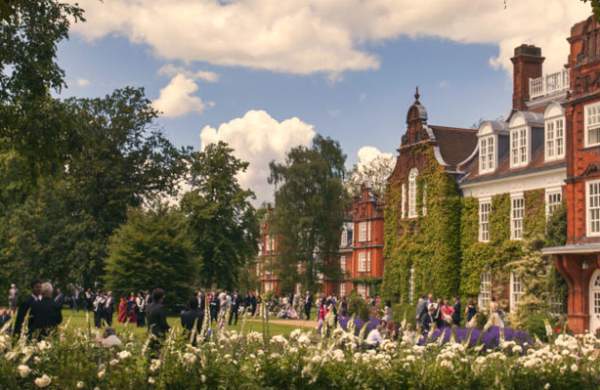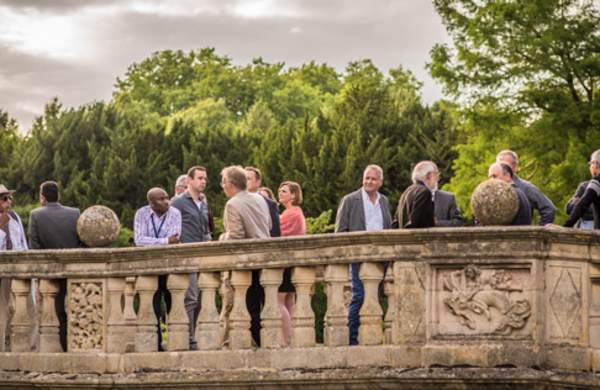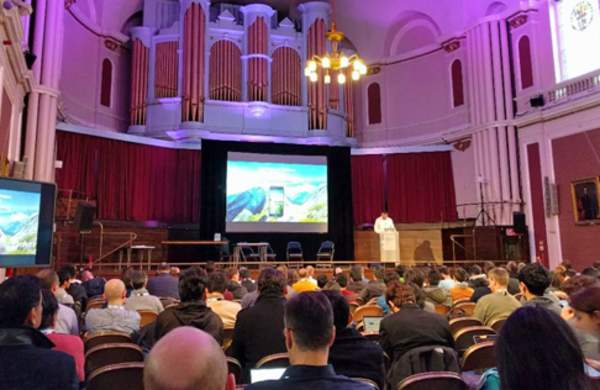Meet Cambridge Case Studies
With a vast range of clients and many different needs, the city plays host to a variety of events each year. From academic association conferences to corporate incentives and team building events as well as a the full scope of celebration events too: weddings, parties and family gatherings.
Packed with inspiration and ideas, our case studies reveal more about the range of successful events that have taken place recently in the city.
Venue Provides Perfect Setting For ‘Blue Sky’ Thinking
Venue Provides Perfect Setting For ‘Blue Sky’ Thinking
Cambridge Hits The Right Note For International Music Libraries Conference
Cambridge Hits the Right Note for International Music Libraries Conference
Delegates At Global Scientific Meeting Enjoy Memorable Cambridge Experience
The International Organization For The Study of Inflammatory Bowel Disease (IOIBD)...
Cambridge is Ideal Choice For Association Members’ Day
The British Veterinary Association chose Clare College for their Members' Day...
International Congress comes to Cambridge
The Congress of Genealogical & Heraldic Sciences brought pageantry to city...
Cambridge BRAINFest: A Free Public Festival of Brain Science
BRAINFest, the University of Cambridge Neuroscience festival of brain science, was an…
New Auditorium is Made for Training
Quarry Whitehouse Auditorium at Selwyn College is the perfect venue...
Hybrid Widens Access At Association Conference
AECVP switched to a hybrid format for its annual conference, they found...
Team Building Event Brings Workforce Together
Zenobe Energy brought its employees together for a 2-day team building...
Excellent Safety Protocols at Hybrid Event
Robinson College, praised for its excellent safety protocols that...
COVID Secure Measures at The Pitt Building
COVID secure measures at The Pitt Building, are giving event organisers...
Cambridge Nanomaterials Technology Ltd Open Day
Cambridge Nanomaterials Technology Ltd, chose Murray Edwards College for...
Global Organisation Imagen Ltd Christmas Dinner
Celebrate Christmas at a Cambridge College. Imagen Ltd needed a venue...
This Land Team Offsite Meeting
When This Land, needed assistance with a team offsite meeting, they reached...
Swedish Embassy UK Tour Lecture
The Swedish Embassy required a lecture room as part of a two-week UK tour...
Institute for Manufacturing, University of Cambridge
A four day conference on Artificial Intelligence was attended by 30...
British & Irish Hypertension Society Annual Meeting
The British & Irish Hypertension Society holds a Scientific Meeting...
ISER Returns To Cambridge After 44 Years
International Symposium on Equine Reproduction, held its first conference...
Britvic R&D Technical Conference
R&D at Britvic Soft Drinks Plc decided to hold the first Britvic Technical...
International Genetic Epidemiology Society Event
The International Genetic Epidemiology Society (IGES) provides opportunities to...
Cambridge Green Challenge Awards
Cambridge Green Challenge Awards recognise the efforts of those who work...
CRA International Recruitment Evening
Charles River Associates (CRA), a global consulting firm held a recruitment event...
12th International Conference on Technology of Plasticity
Hosting an international conference in Cambridge. The International Conference on…
University of Cambridge School of Clinical Medicine Professional Skills Facilitators Away Day
Hosting an Away Day in Cambridge. Find out about the University of Cambridge's…
University of Cambridge Department of Earth Sciences Annual Dinner
University of Cambridge Department of Earth Sciences Annual Dinner. Read the…
The World Poultry Science Association UK Conference
The World Poultry Science Association held its 2017 conference in Cambridge, UK. Read…
British Paediatric Neurology Association Annual Conference
Team building activities in Cambridge, punting on the River Cam. Read the Meet…
10th ACM International Conference WSDM
The 10th ACM International Conference on Web Search and Data Mining (WSDM) was held…

